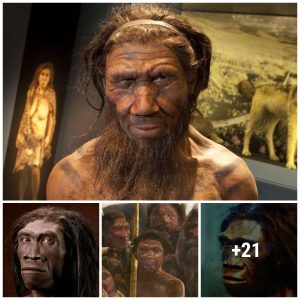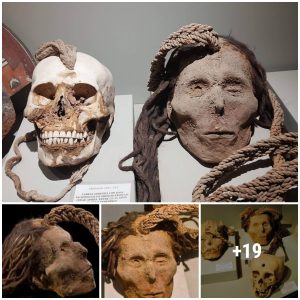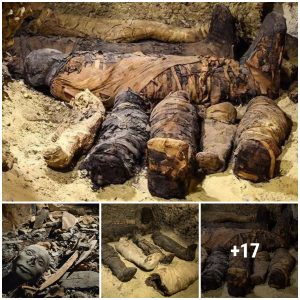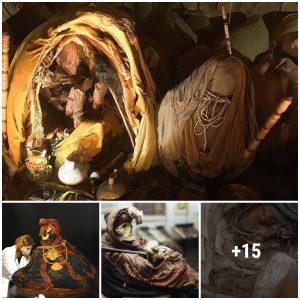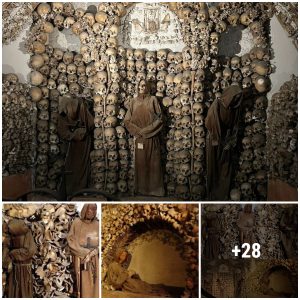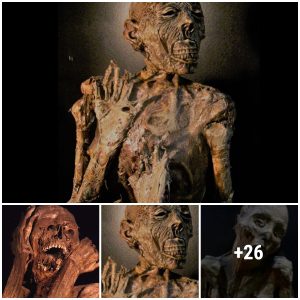Scientists have been trying to find the fossil of an extremely rare reptile that would typically have one head, but instead has two. The Shenzhen Museum of Paleontology has a specimen of this tiny long-necked reptile that was originally found fossilized in Yixing, Liaoning Province, northeast China.
It was about 2.75 inches (7 cm) long, and in every respect, it resembled the embryonic or possibly other neonatal skeletons it had among these extinct reptiles, except for the skeleton. This fish has two heads and necks of equal proportions, and it has been confirmed that they do indeed belong to the same individual and that it is not the mark of many bodies.
It dates back to the Cretaceous — a time period 65–145 million years ago. Different sources provide different specific dates, mainly focusing on the period 120–125 million years ago.
The tiny skeleton of a hatchling choristodere – a group of extinct aquatic reptiles with long necks – has two heads and two necks, fused at their base. The specimen is thought to be the oldest example of a developmental anomaly known as axial bifurcation.

While rare, this type of malformation has been seen before in living snakes, crocodiles, lizards and turtles – some of which have survived for several years in captivity.
However, judging from the extreme juvenility of the fossilised skeleton – its proportionally large head and eye orbits – the tiny creature did not survive for long, say its finders Eric Buffetaut at National Centre for Scientific Research in Paris, France, and colleagues.
As an adult, the choristodere could exceed 1 metre in length, although the neonate found was just 70 millimetres long.
